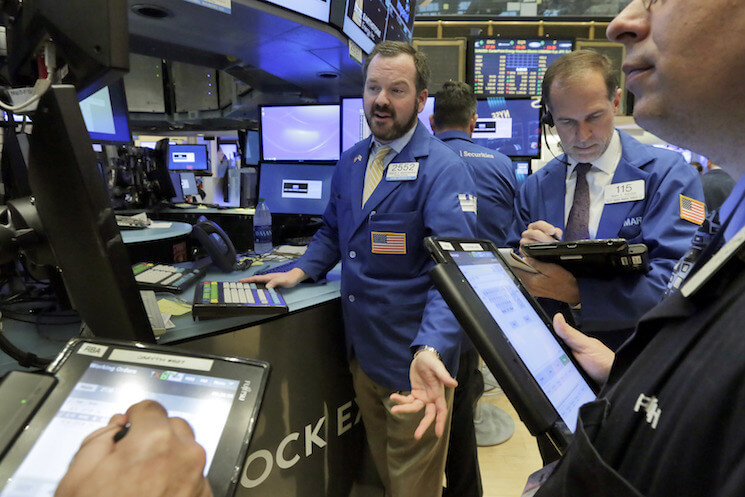Maybe central banks should buy stocks as well

The main tools for fighting recessions have been fairly consistent: Central banks lower interest rates, and governments cut taxes and increase spending. Over the past few years, there have been innovations when it comes to monetary policy, with banks trying quantitative easing—the purchase of long-term bonds—and the recent adventures into negative nominal rate territory. But central banks are still largely in the business of intervening in the short-term end of the bond market. Perhaps monetary policy or fiscal policy, should consider intervening in a much riskier market: stocks.
The idea that policymakers may want to buy and sell stocks in the equity markets is far from mainstream, but University of California, Los Angeles economist Roger Farmer is forcefully arguing this idea. Understanding the case for intervening in the stock market first requires walking through Farmer’s views of the macroeconomy. For the most part, economists believe that the overall economy is self-correcting—that after a recession, the economy will eventually return to its previous size and growth rate. The debate is about how quickly the economy will return to that point and how to help it get there. But Farmer doesn’t subscribe to that underlying assumption. Farmer argues that an economy can get stuck in a situation where economic output is lower and won’t return to its previous size and growth rate until proactive action is taken to boost the economy.
Farmer’s argument stems from the idea that, according to his research, capital markets aren’t efficient. Price changes in assets like stocks aren’t based on changes in fundamentals of the assets, such as potential profits, but rather on seemingly random fluctuations in belief. In a recent paper, Farmer builds a model that incorporates this assumption along with one other assumption: People live and die. The fact that there are generational changes in the model allows for jumps in the prices of equities, which cause recessions or booms, to result in changes in the distribution of wealth and consumption across generations. This makes sense if you consider the large costs to recent graduates who enter labor markets during recessions.
Farmer’s model with these assumptions manages to partly explain two big puzzles in financial economics: the fact of excess volatility in stock prices, and the fact that the returns on equities are far above those of government bonds.
So how should policymakers make sure that these transfers (recessions) don’t happen? Well, if the problem is that asset prices are fluctuating too much, then policymakers have a reason to intervene in these markets to stabilize prices. Central banks or treasuries would buy stocks when the market is on the decline and sell when the market is on the upswing.
This idea does have some precedent. Consider the quantitative easing programs many central banks have implemented in recent years. Part of those programs are pure quantitative easing according to Farmer and Pawel Zabczyk (expanding the size of a central bank’s balance sheet) as well as qualitative easing (bringing more risky assets onto the balance sheet). Adding stocks would just be a change in the riskiness of the assets purchased. The Bank of Japan has been buying stocks via exchange-traded funds for years, though Farmer says it’s important not to just buy stocks but to do so in a way that reduces changes in the relative price of stocks.
For now, Farmer’s ideas are still at the edges of the policymaking world. But then again, so were the ideas that central banks would cut rates below zero or even contemplate “helicopter money.” Recent years have found opportunities for those ideas. Perhaps the future will find some for Farmer’s.
